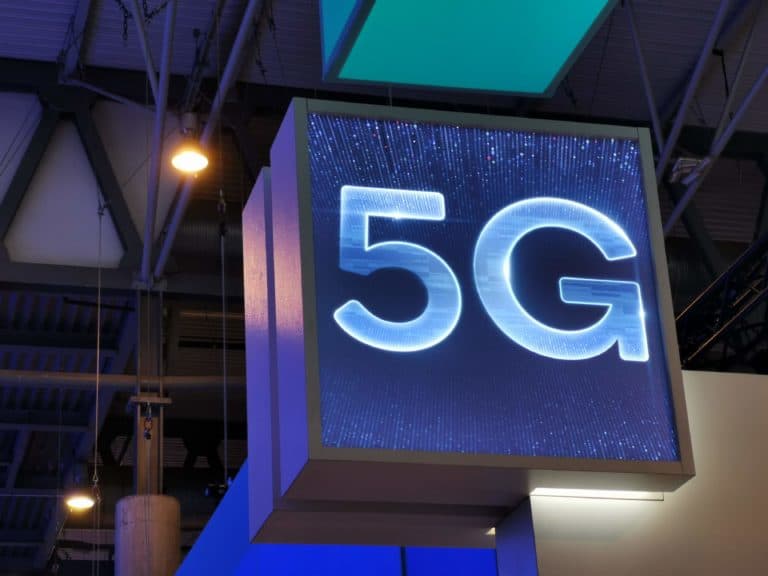Dell Technologies and AT&T are working together on an open source infrastructure, which enables the network edge before the transition from 4G to 5G takes place. The two companies hope that other network operators will standardize on their blueprint for 5G infrastructure.
The network edge refers to edge computing, where data created by mobile devices is processed closer to the source. Usually this is onsite. This means that the data does not have to travel long distances through routers, data centres and the cloud.
The advantage of edge computing is that organizations can analyze the data almost in real time. For many industries, this is crucial, as decisions have to be taken quickly.
5G as a requirement
Dell and AT&T now argue that 5G is an important aspect of enabling the network edge, as it leads to more dynamic, agile edge computing, storage and networking solutions on an unprecedented scale, writes Silicon Angle.
However, to enable 5G, existing network infrastructures also need to change. These infrastructures must be converted into distributed architectures based on Network Functions Virtualization and other Software-Defined technologies.
The new networks are necessary to automate the delivery and management of mobile services and new analytics-driven telemetry, to enable consistent service levels, the companies argue.
Accelerating a common goal
Amy Wheelus, vice president of AT&T Network Cloud, said the partnership could accelerate the wider community goal of making it as easy as possible for operators to deploy and manage an open infrastructure to support SDN and other workloads.
In the Netherlands, 5G will be rolled out from 2020, after auctions for the required frequencies have been held at the end of 2019 or the beginning of 2020. The Cabinet decided in June this year that at least three providers are allowed to participate in these auctions.
This news article was automatically translated from Dutch to give Techzine.eu a head start. All news articles after September 1, 2019 are written in native English and NOT translated. All our background stories are written in native English as well. For more information read our launch article.